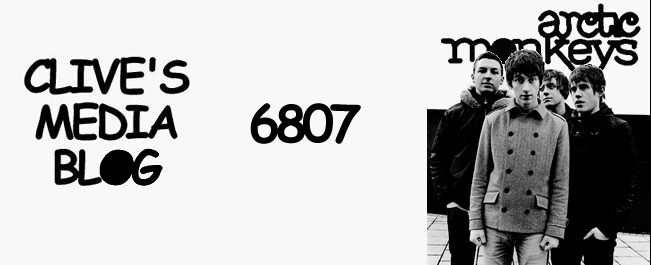
An explanation of Tzvetan Todorov’s theory:

Todorovs theory (also known as a ‘Hollywood’ / ‘classic’ narrative) states that all narratives start off in equilibrium, a period in which all is calm and as it should be. There is then a climax which causes an event which is a disruption to the normally calm equilibrium.
The problem is then solved causing the restoration of the event and bringing the narrative back to equilibrium.
I have applied Todorov’s Theory to our storyboarded idea.

As you can see from the image above, our storyboarded idea subverts the theory by having three separate disruptions (or events).
These three events are:
1) The main character see’s the ‘Pretty Visitors’ multiplying and walking closer to him. He then ‘wakes up’.
2) The business man sees the ‘Visitors’ again but they then change into work colleagues and commuters. Confusion, ‘wakes up’.
3) The man yet again is riding his bike and the ‘Pretty Visitors’ appear. He does not wake up this time. The hooded figures get closer and closer. The man is then cloaked by the ‘Visitors’.
The representation of him being cloaked is that he has reached a new state of mind, thus restoring the equilibrium of the narrative.



Good to see this Clive, using your initiative
ReplyDelete